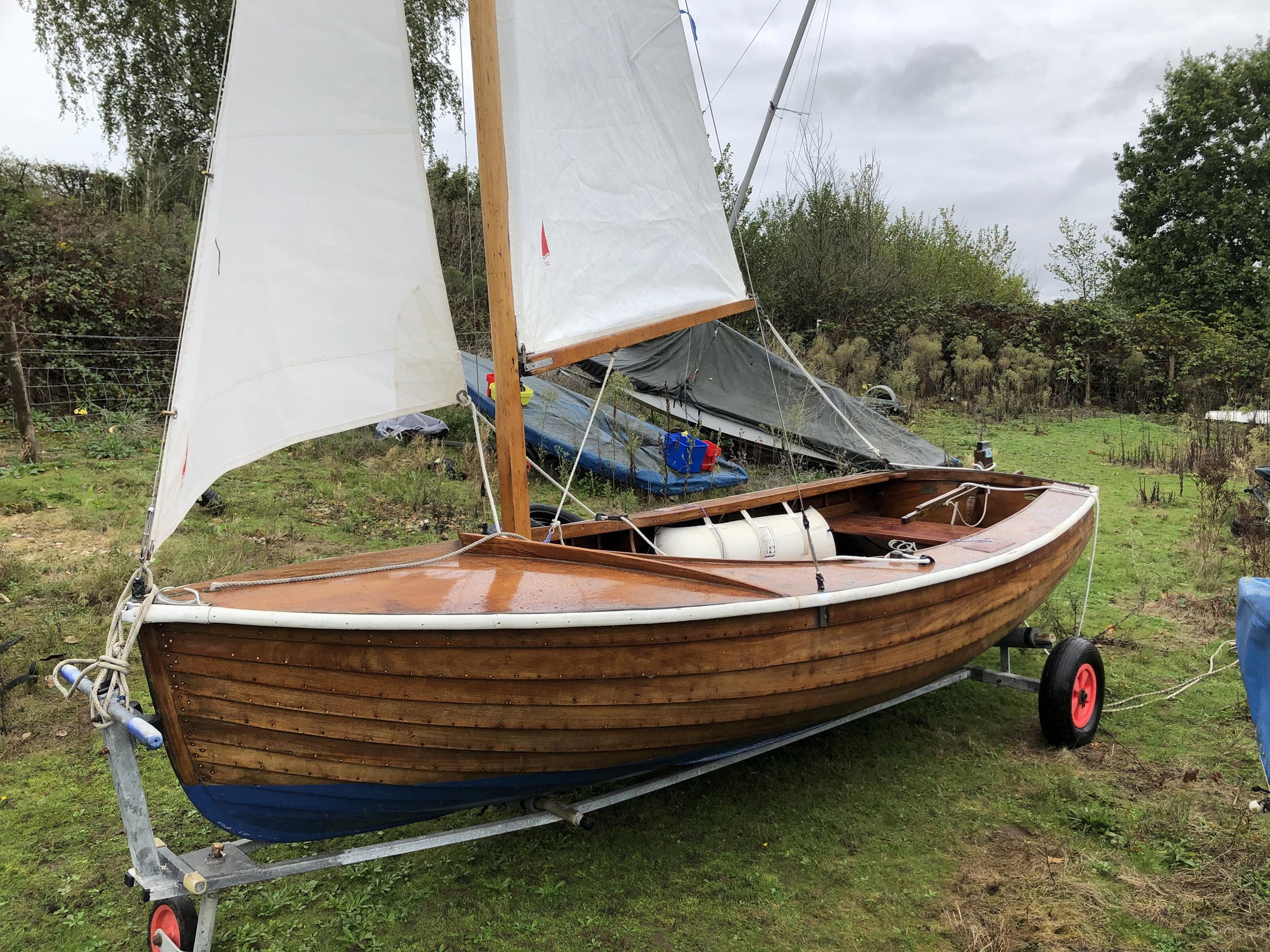
Building a Wooden Dinghy for Fishing and Cruising
The allure of a handcrafted wooden dinghy is undeniable. It's a timeless design that blends beauty, practicality, and a connection to traditional boatbuilding techniques. Whether you're an avid angler seeking a stable platform for casting lines or a leisurely cruiser yearning for a gentle ride on the water, a wooden dinghy offers a unique experience.
This article will serve as your guide to building a wooden dinghy, offering step-by-step instructions and valuable insights. From selecting the right materials to mastering the craft of woodworking, we'll embark on a journey of creation that culminates in a vessel you'll cherish for years to come.
Design and Planning
The first step in building your wooden dinghy is to carefully consider your needs and preferences. This stage sets the foundation for the entire project.
Choosing the Right Design
Numerous dinghy designs are available, each with its own strengths and weaknesses. Popular choices include:
- Dory: Known for their stability and seaworthiness, dories are ideal for fishing and cruising in rough waters.
- Skiff: Versatile and lightweight, skiffs are well-suited for shallow waters and calm conditions.
- Punt: Flat-bottomed and wide, punts excel in shallow waters and are perfect for leisurely paddling.
Consult books, online resources, or experienced boatbuilders to find a design that aligns with your intended use and skill level.
Determining Dimensions and Materials
Once you've chosen a design, determine the optimal length, beam, and depth for your dinghy. These factors will influence the boat's stability, speed, and carrying capacity.
Select suitable materials based on the design and your budget. Traditionally, wooden dinghies are constructed from:
- Cedar: Lightweight and rot-resistant, cedar is an excellent choice for planking.
- Oak: Strong and durable, oak is often used for frames and keels.
- Marine Plywood: Provides strength and stability, especially in areas subject to stress.
Creating the Construction Drawings
Obtain or create detailed construction drawings that illustrate the dinghy's shape, dimensions, and structural components. These drawings serve as your blueprint throughout the building process.
Building the Hull
The hull is the heart of your dinghy, providing its structure and shape. Building the hull involves several critical steps.
Creating the Frame
The frame provides the foundation for the hull. Using the construction drawings as a guide, cut and shape the frames from oak or other suitable wood. Ensure the frames are properly spaced and aligned to create the desired shape.
Planking the Hull
Planking involves attaching planks of wood to the frame to create the hull's outer shell. This process requires precision and care. Select high-quality cedar or other suitable wood for planking. Use marine epoxy or glue to adhere the planks to the frame.
Fairing and Shaping
After planking, the hull needs to be faired and shaped. This involves smoothing out any imperfections and creating a smooth, flowing surface. Use woodworking tools and techniques to achieve a polished finish.
Adding the Deck and Interior
Once the hull is complete, you'll need to add the deck and interior features to enhance your dinghy's functionality and comfort.
Constructing the Deck
The deck provides a stable surface for walking and seating. Cut and shape the deck panels from plywood or other suitable material. Attach the deck to the hull using screws or fasteners. Ensure the deck is properly sealed and waterproofed.
Installing Interior Features
Install interior features such as seats, storage compartments, and oarlocks. Choose comfortable and durable materials for seating. Ensure the storage compartments are well-designed and accessible.
Finishing Touches
The final stage involves applying finishing touches to your wooden dinghy, enhancing its aesthetic appeal and durability.
Painting and Varnishing
Paint or varnish your dinghy to protect the wood from the elements and add a splash of color. Choose marine-grade paint or varnish designed for outdoor use. Apply multiple coats for optimal protection and durability.
Installing Hardware
Install hardware such as cleats, oarlocks, and rowlocks. Ensure the hardware is securely attached and positioned correctly.
Final Inspection and Launch
Before launching your dinghy, conduct a thorough inspection of all components. Ensure all joints are secure, hardware is properly installed, and the boat is watertight. Once satisfied, you can launch your newly built wooden dinghy and enjoy the fruits of your labor.
Tips for Success
Building a wooden dinghy requires patience, precision, and a willingness to learn. Here are some tips to help you along the way:
- Start Small: Begin with a smaller dinghy design to gain experience before tackling a larger project.
- Seek Guidance: Don't hesitate to seek advice from experienced boatbuilders or join a local woodworking club.
- Take Your Time: Building a boat is a time-consuming process. Be patient and focus on each step.
- Measure Twice, Cut Once: Accuracy is crucial in boatbuilding. Double-check your measurements before making cuts.
- Use Quality Materials: Invest in high-quality wood and other materials to ensure the durability of your dinghy.
Enjoy the Journey
Building a wooden dinghy is an enriching and rewarding experience. It's a chance to connect with tradition, develop new skills, and create a legacy that you'll cherish for generations to come. So, embrace the challenge, follow the steps carefully, and enjoy the satisfaction of crafting your own wooden masterpiece.
0 comments:
Post a Comment
Note: Only a member of this blog may post a comment.